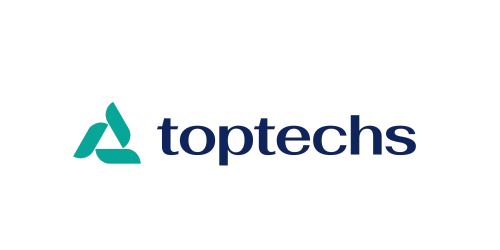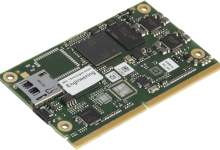Choosing the Right Tannery Machine for Leather: Key Features to Consider

The leather business has a long history that goes back hundreds of years. It has changed a lot over the years, mostly because of technological improvements. The machines used in the tannery are one of the most important parts of making leather today. Not only do these machines impact the quality of the finished leather, but they also affect the efficiency, environmental impact, and cost-effectiveness of the production process.
So, picking the right tannery machine is an important choice for anyone who makes leather. This article will show you the most important things you should think about when buying a tannery machine so that you can get the best one for your needs.
What are the Different Kinds of Tannery Machines?
Before getting into the features, it’s important to know the different kinds of tannery tools that are out there. Each machine in the leather-making process does a certain job.
Fleshing Machine: These get rid of the hide’s flesh and fat, which is an important step before it can be tanned.
Sammying and Setting-Out Machine: These machines take away the leather’s extra water after it has been dyed. This speeds up the drying process and makes the final product better.
Shaving Machine: These are used to make the leather a uniform thinner, which is important for making sure that the quality of all the pieces is the same.
Splitting Machine: These machines cut the leather into pieces that can be used for different things. This is especially important in fields where different types of leather are needed.
Drying Machine: These machines remove the leather’s wetness after it has been tanned and finished. This makes sure that the leather is stable and ready to be worked on further.
Material Compatibility and Versatility
One of the first things you should consider is the compatibility of the machine with the leather you use. There are different kinds of leather, each with its own qualities. These are full-grain, top-grain, corrected-grain, and split leather. It is important that the tannery machine for leather you use can handle the type of leather you are working with without lowering the quality.
Also, versatility is important if your tannery works with different kinds of leather or if you want to add more products in the future. As a result, it saves time and keeps you from buying extra machines.
Integration of Technology and Automation
In today’s competitive market, technology is a key way to boost output and ensure quality is always the same. Some of the more modern tannery tools have automation features like computerized controls, automatic feed systems, and settings that can be programmed.
Programmable Logic Controllers (PLCs)
These operators set exact settings for each batch, which makes sure that the whole production process is the same. In a cutting machine, a PLC can control the blade’s height and pressure to keep the hide’s thickness the same all over.
Automatic Feed Systems
These systems reduce manual work, which speeds up the process and lowers the chance of mistakes. An automatic feed system in a splitting machine can ensure that the hide is fed properly, leading to a more even split.
Computerized Controls
More advanced tools may have computerized controls that monitor and make changes to them in real time. This function is especially helpful in drying machines, where keeping the right temperature and humidity is important to keep leather from getting too dry.
Energy Efficiency and the Effects on the Environment
With an increasing focus on sustainability, energy efficiency is a very important thing to consider when picking out tannery machines.
Look for machines that are made to minimize energy consumption and optimize drying systems. Drying machines that use infrared technology to reduce the energy and time required to dry leather.
In addition to how much energy the machine uses, you should also think about how it affects the earth. When machines use water-based processes, they should have ways to recycle water and process trash.
Conditions of Durability and Needs for Maintenance
Another important factor is how long the tannery machines last. The process of making leather can be rough, with machines being exposed to water, chemicals, and abrasive materials. To keep tannery machines running at their best, they must be serviced regularly.
A lot of the time, manufacturers offer service contracts with their machines. So, consider how easy it is to get replacement parts and the manufacturer’s reputation for customer service.
Costs to Think About and Return on Investment
Lastly, price is always an important thing to think about when picking tannery tools. It might be easy to choose the cheapest choice, but you should think about the long-term return on investment (ROI).
A faster, more efficient machine can help you make more, which can help you meet demand better and increase your return on investment even more.
Final Words
Picking the right tannery machine is an important choice that can affect your leather production’s quality, productivity, and profits. When you work in a field where quality and speed are very important, buying the right equipment is an investment in your business’s long-term growth and survival.








